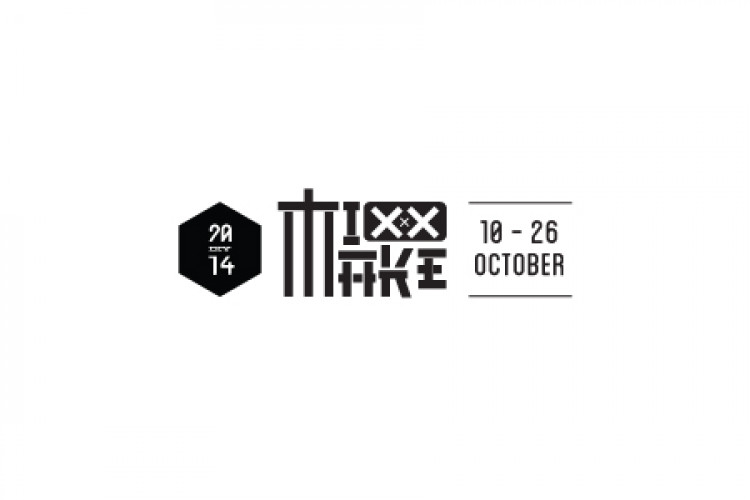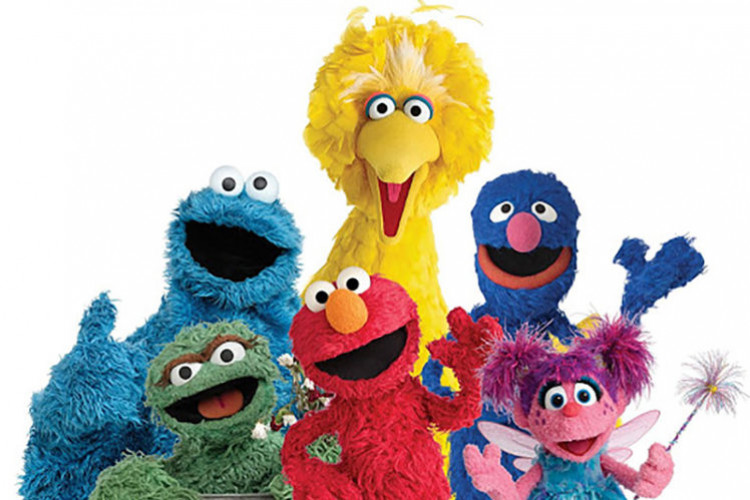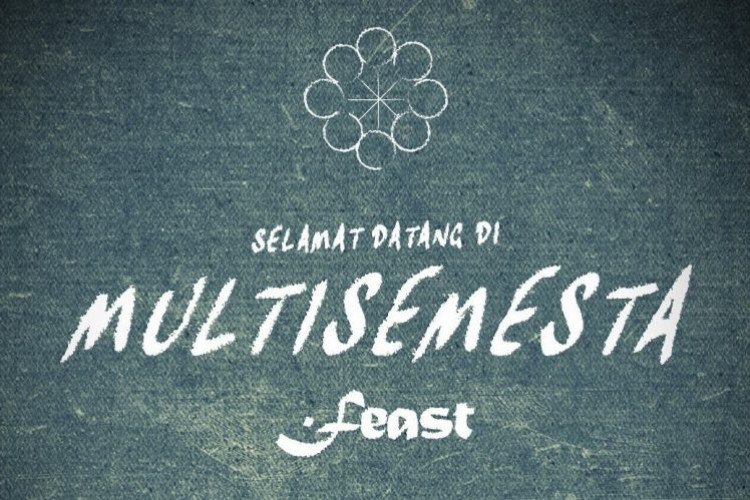D.I.Y. Music with Arian 13
Muhammad Hilmi (H) talks to musician and artist Arian 13 (A).
by Ken Jenie
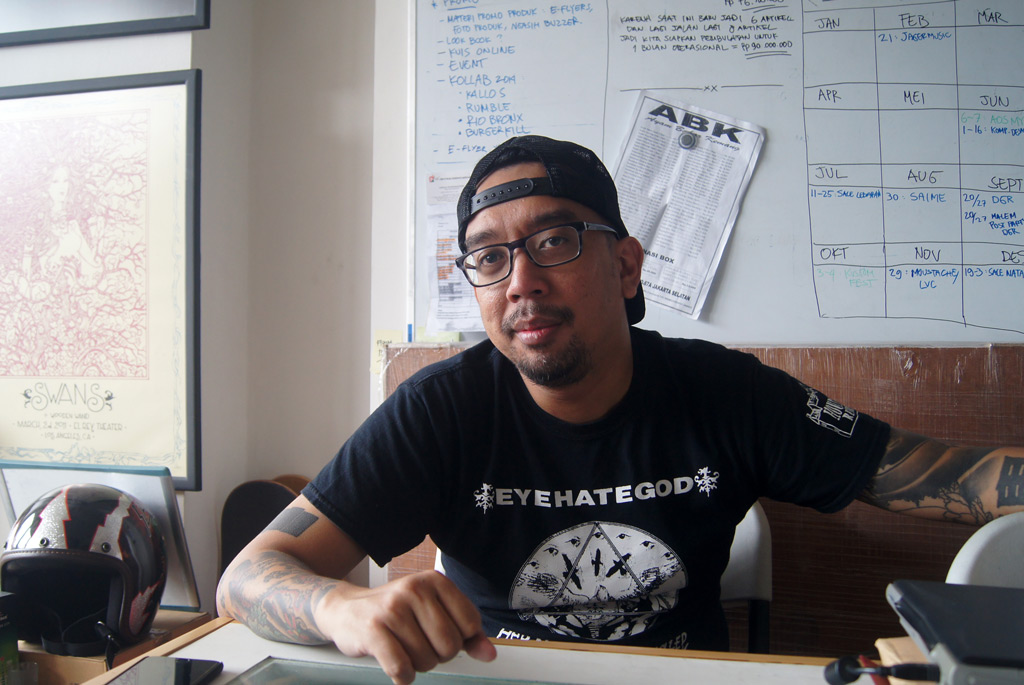
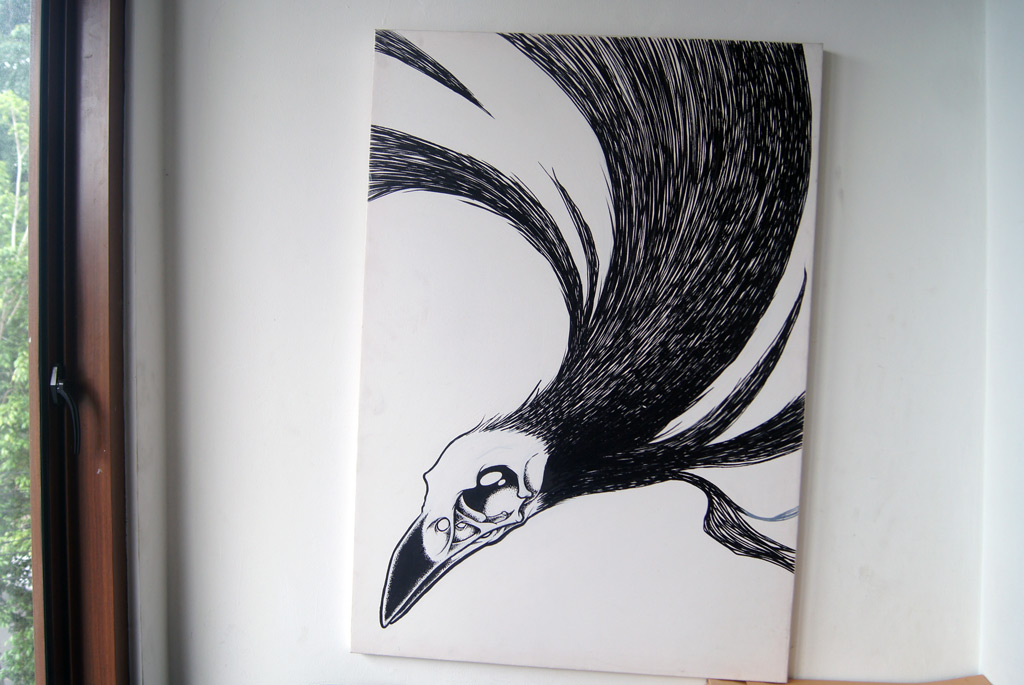
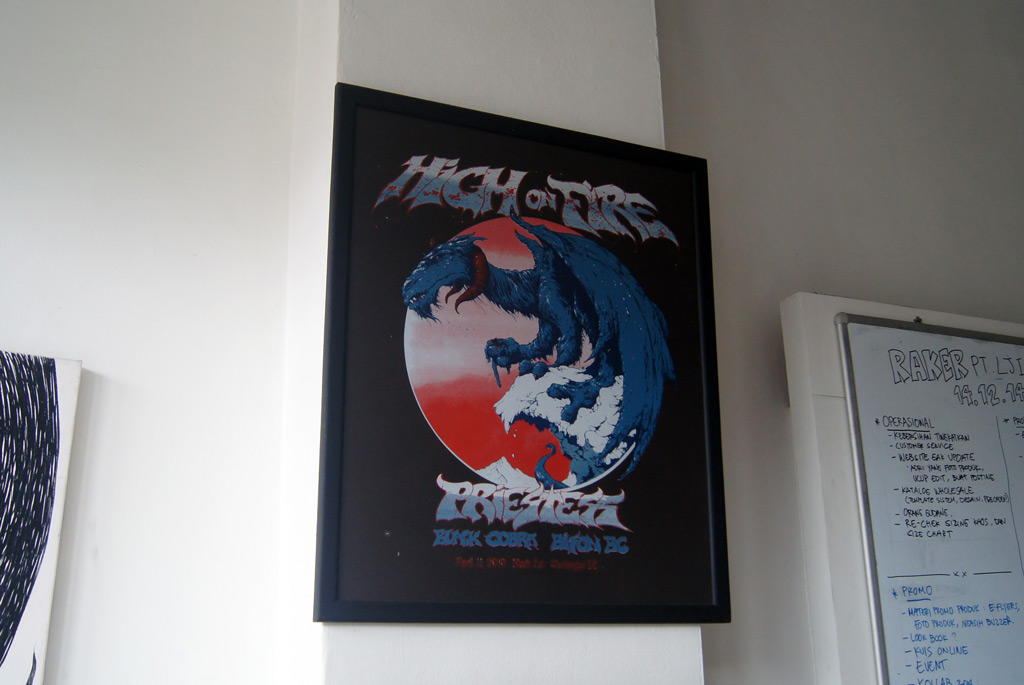
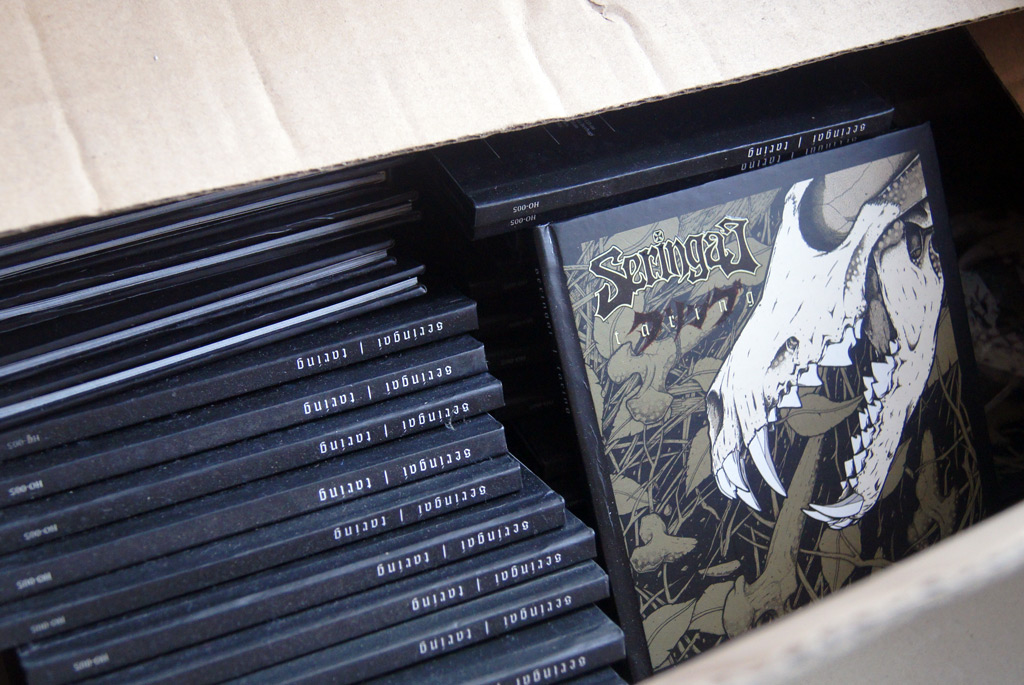
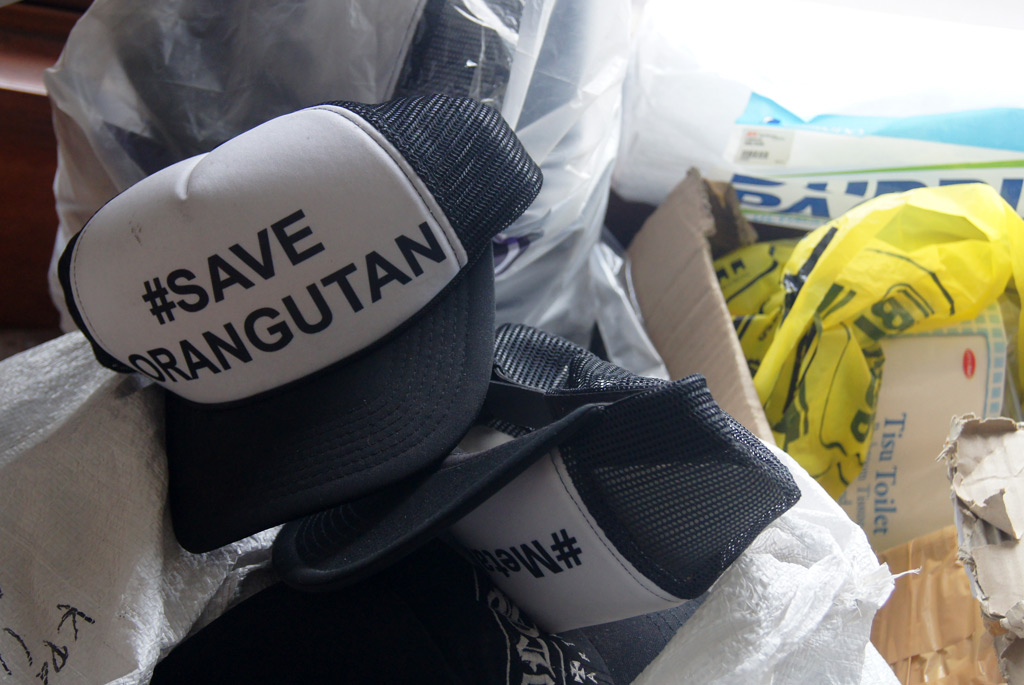
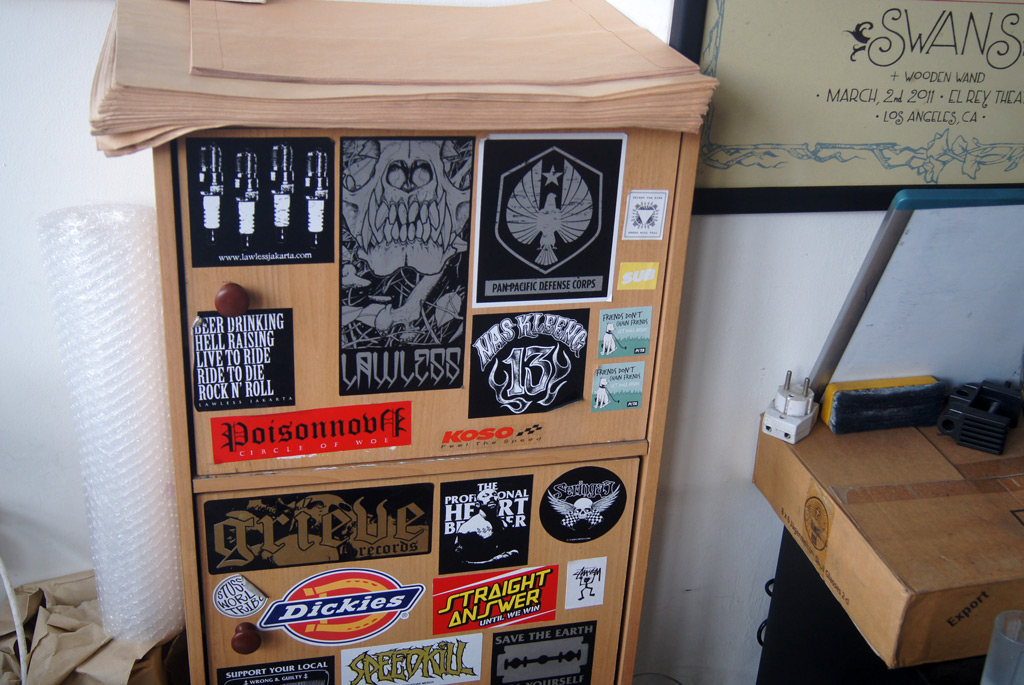
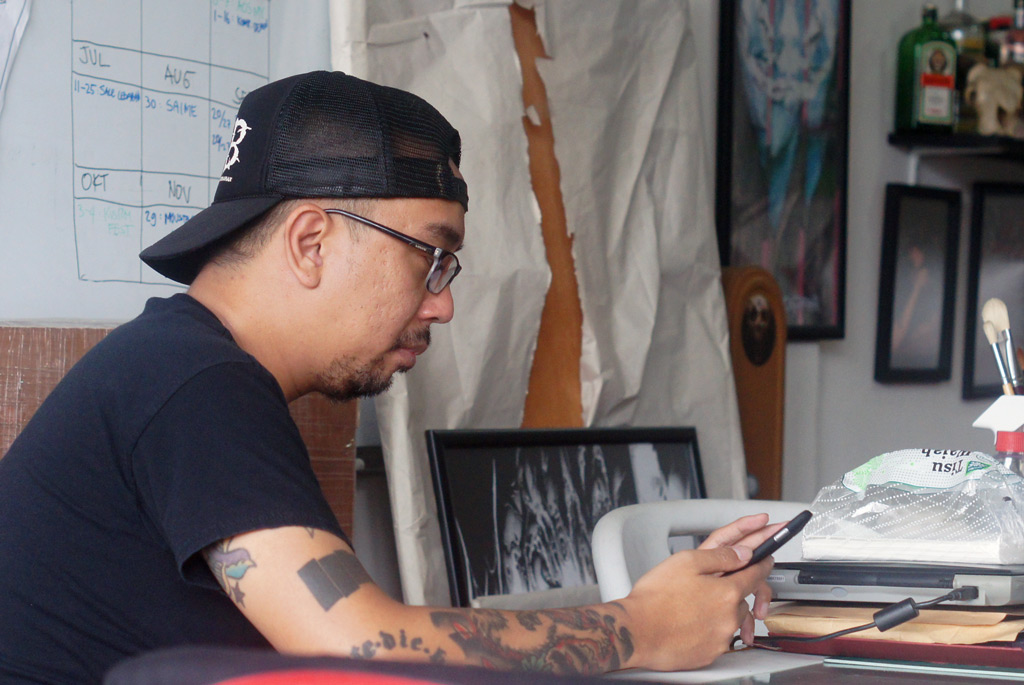
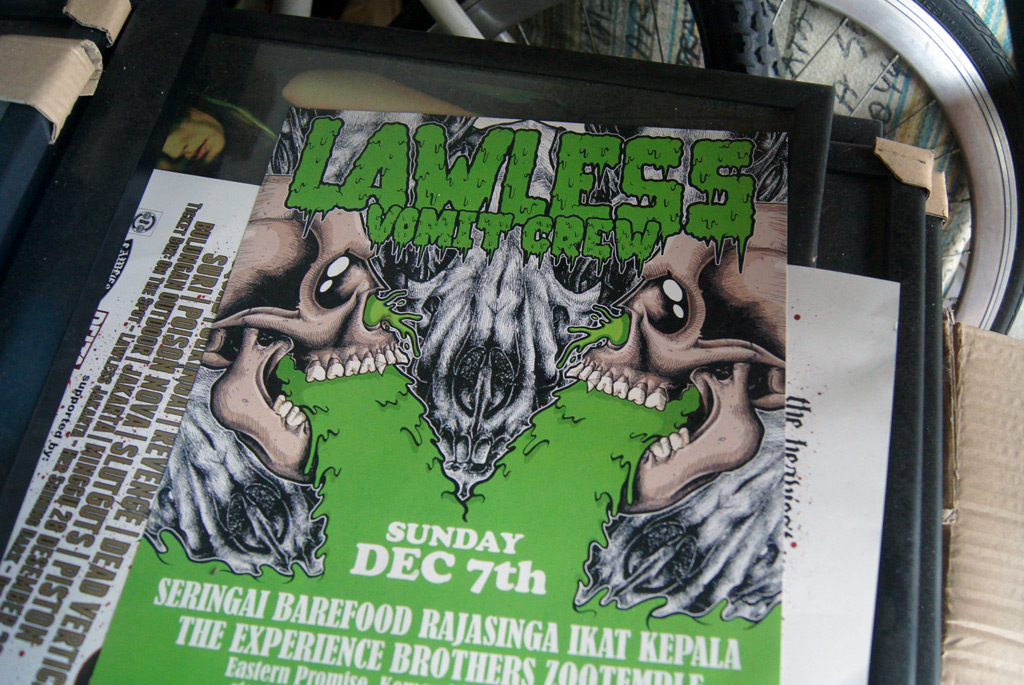
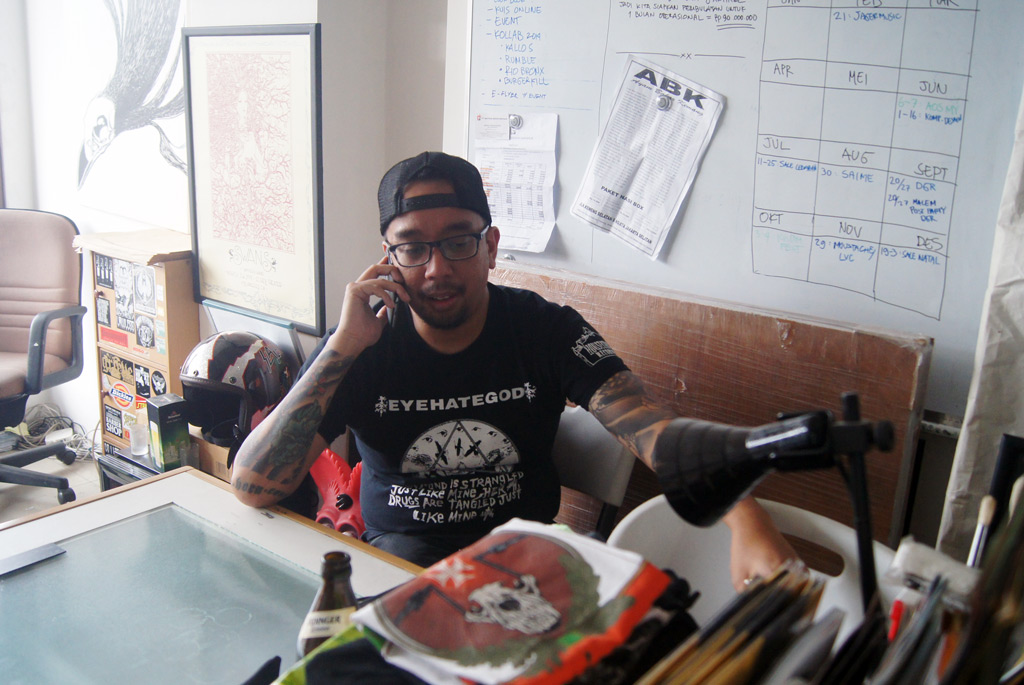
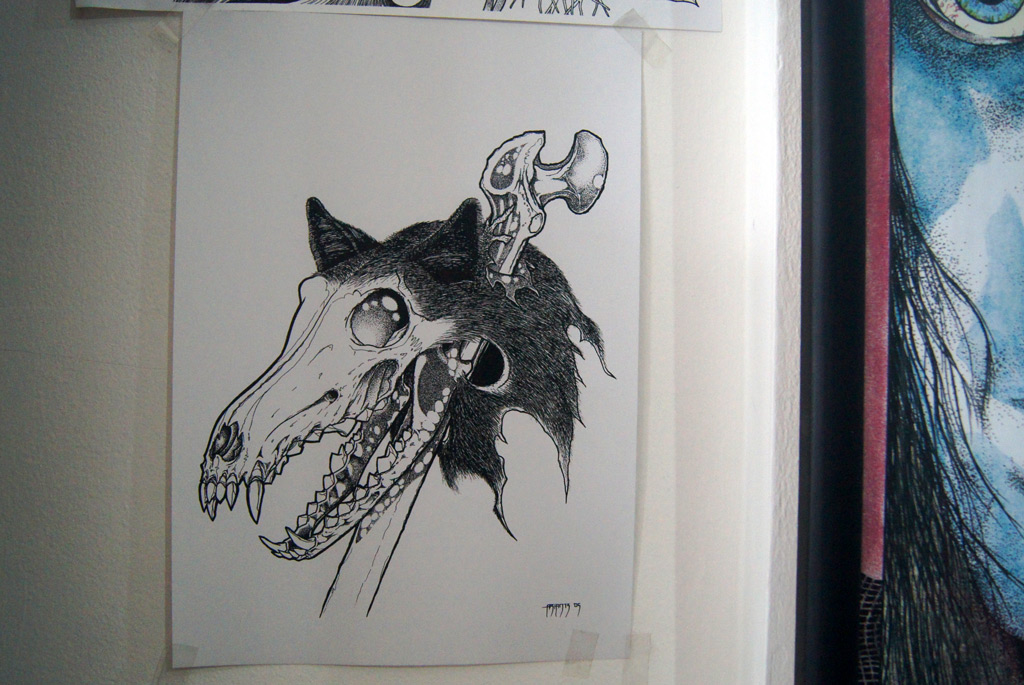
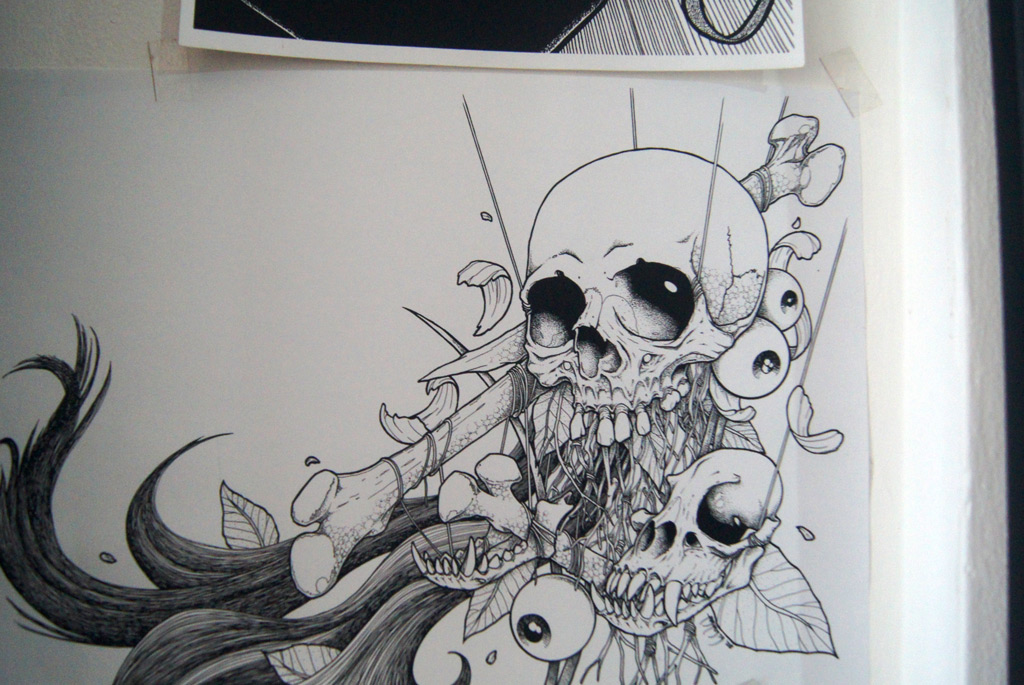
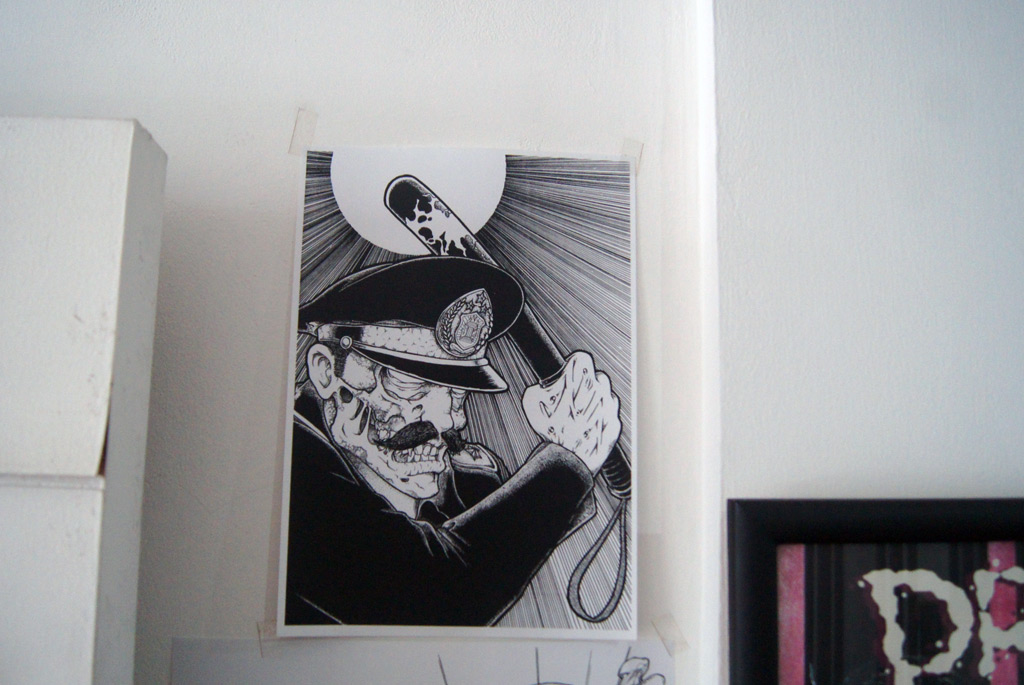
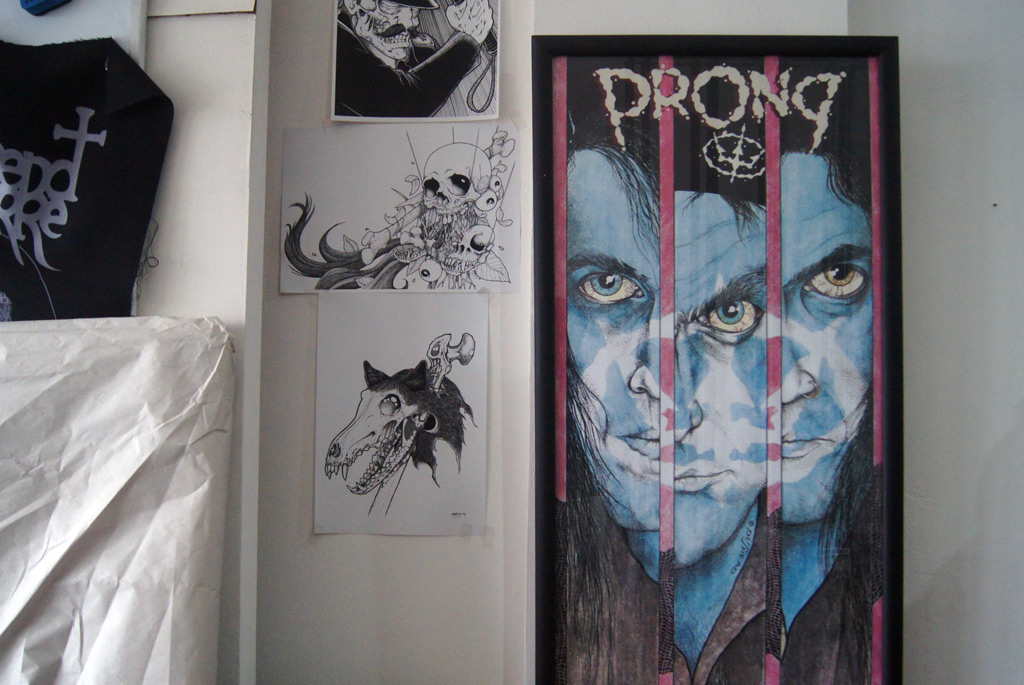
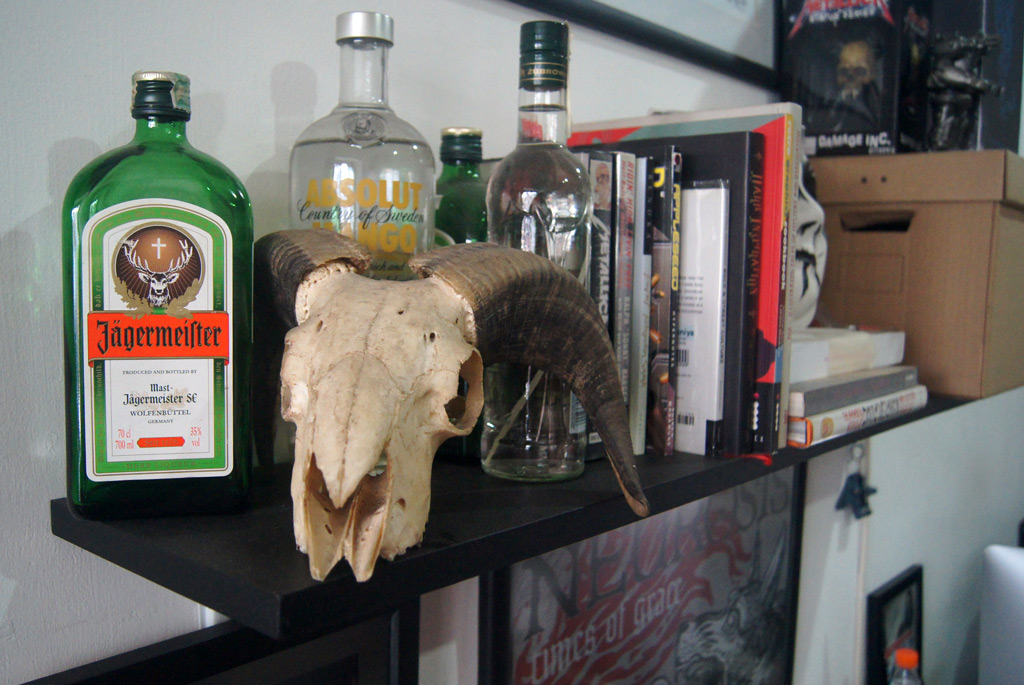
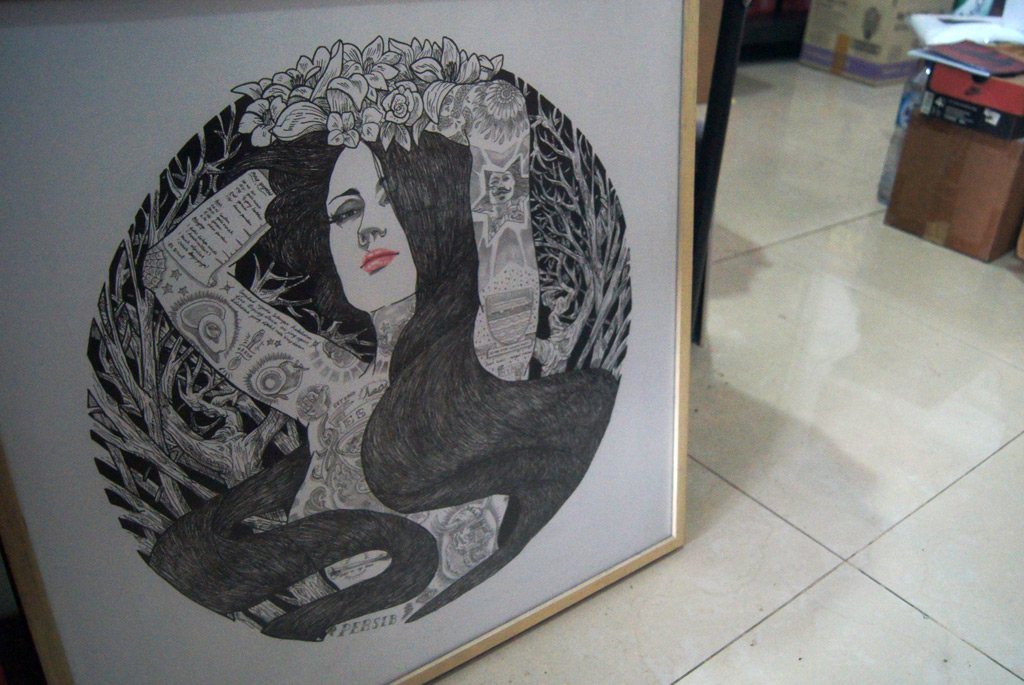
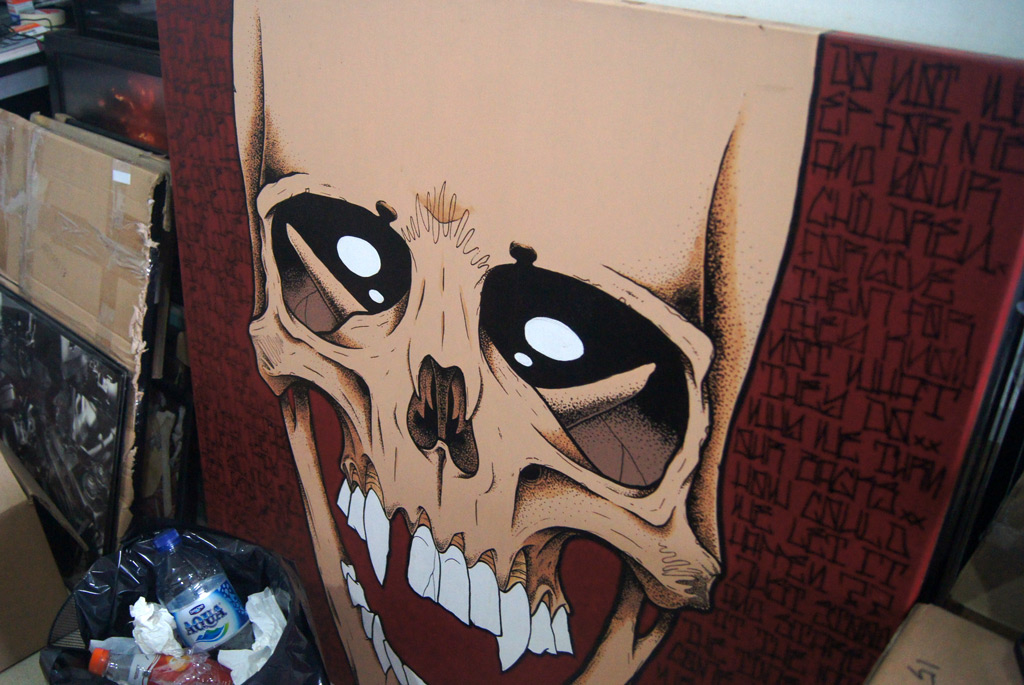
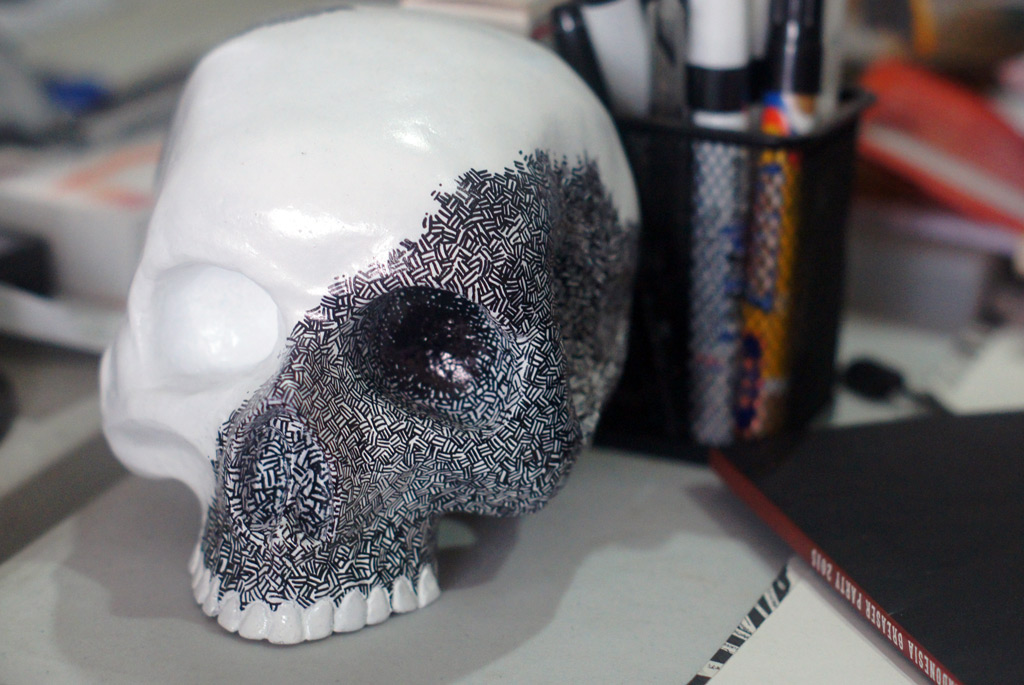
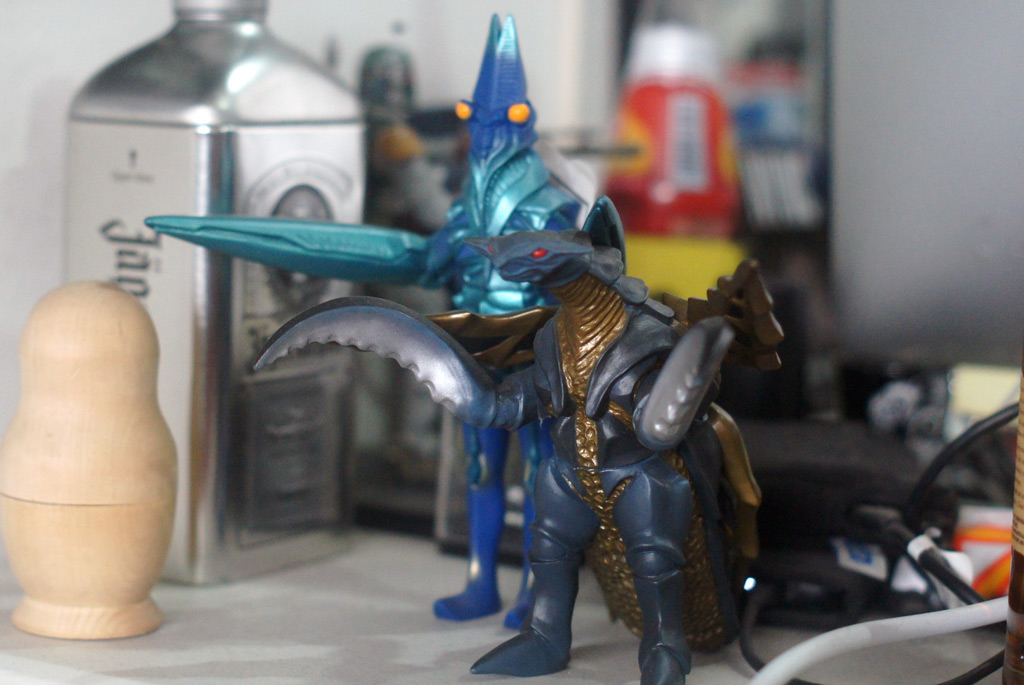
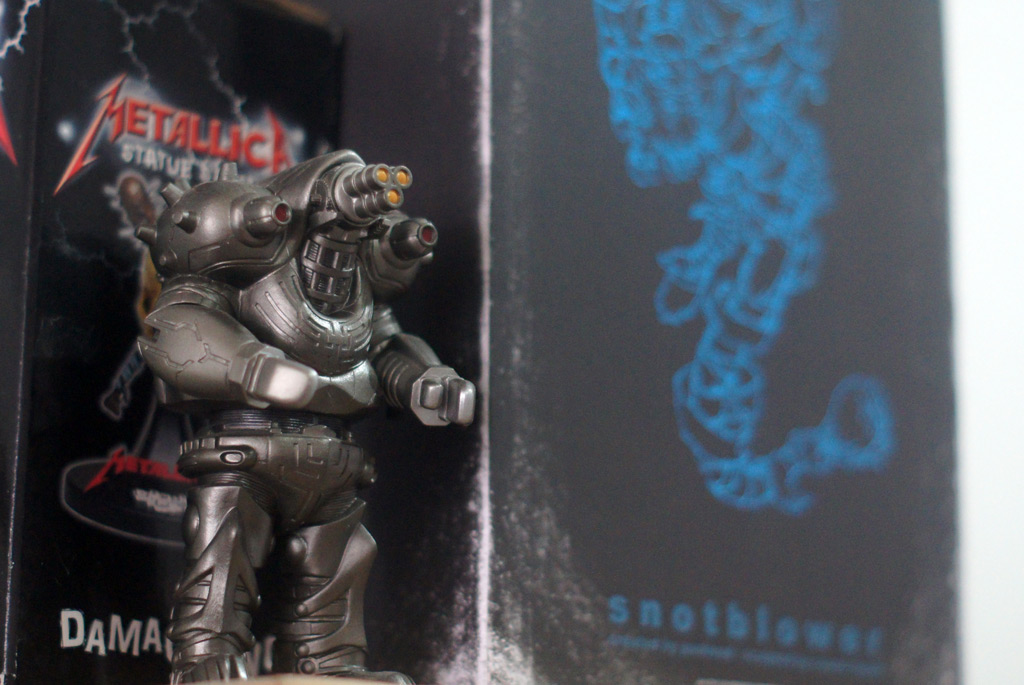
H
You are known as a writer, illustrator, musician. What came first for you?
A
I think people knew me primarily because of music.
H
Were you also drawing and writing during that time as well?
A
I have been drawing since I was a child, but I never did it publicly. As for writing, I believe I started writing after high school – during college I started writing, and making fanzines.
But music was what people knew me from.
H
When you were in Puppen?
A
Yeah.
H
What was the motivation behind you making a fanzine?
A
The internet wasn’t popular back then, so the fanzine was my way of sharing information. I wrote about bands and music that I liked, and back then there were very few magazines that was for music – the only one around was probably Hai, so if Hai said whatever music was good, that music would become the trend.
H
Would you say that your writing was a response to your dissatisfaction towards Hai?
A
Yes, when I was a teenager, yes. I was reading Maximum Rock n’ Roll and Punk Planet back then. I networked with friends from places such as Malaysia and Singapore, and we traded our fanzines.
H
What year did you make this fanzine?
A
I believe it was 1996 or 1997. During that time there were many fanzines, I read them and thought that I can create something better (laugh). I was an avid reader of magazines, and understood the importance flow, layout, etc.
H
Did you make this fanzine on your own?
A
It was primarily myself, but I had many friends who would contribute reviews. Most of the time it was Angga, and occasionally Ucok from Homicide would contribute as well. The interviews were done through snail mail and emails – from 10 interview requests about 8 would reply.
H
What was the process to get the contacts from, since the internet wasn’t as popular as today?
A
Usually from their CD or vinyl. They usually put their email address or PO box on their releases and I send them stuff.
H
Do you still follow what the local fanzines are doing today?
A
No, not really.
H
Why not?
A
I honestly do not know where to get them today. I would buy some from Ika (Vantiani), but if, let’s say, I buy 10 and I would only like 1 or none at all.
When Ucok and me were making fanzines, we wrote about subjects that were relatively unknown – from anarchism to being straight edge. Now the subjects are being discussed, but it isn’t written with a new perspective, it feels repetitive.
A publication that stands out today is Pena Hitam. It is a magazine, I guess we can call it a fanzine – but a well produced fanzine. But for music, I haven’t seen any.
H
From my own eyes, I see that in any city or village in Indonesia, metal and hardcore have the biggest music scenes. Why would you say metal and hardcore are so rooted here?
A
Perhaps people are angry with their situation: politic, social, economy, etc. Hardcore and metal usually have pretty militant scenes. Other music scenes are a bit more relaxed, so the militancy in metal and hardcore help create a bigger scene that can regenerate itself.
H
Has it always been that way?
A
Back when I first started there wasn’t a scene in the sense of having an established infrastructure – like knowing which places you can hear certain types of music. Back then college students would make most of the events on campus, and most of the bands played light jazz.
We performed in various events, and networked with bands that shared the same spirit. Finally, somebody had the initiative to make a concert in Saparua, Bandung, and it was huge – I think there were about 7 to 8 thousand people who attended. That was around 1992 or 1993.
H
I’ve heard from a friend who is a punk, he wears all of the punk attributes, has a Mohawk, etc, that during the beginning of the punk movement it was difficult; he was beat up and intimidated often. Now the public is much more tolerant. Would you say this tolerance is positive for the scene?
A
When it began, the spirit of rebellion included not only the music, but looking different. When the kids had mohawks or dressed in death metal attire the public would say “what the hell?” in surprise. To dress up like that back then takes balls and guts, now it is much more acceptable.
I’m sure this tolerance has an effect on the scene, but I’ve never really cared because in the end it will be about the music. You can dress in the coolest gear, but if your music is bad then it’s bad.
H
Let’s talk about Seringai. After Seringai entered the scene, there are many bands that were influenced by its music. Now there are many bands that play semi-stoner, semi-heavy metal music. At the same time, as an artist, you are one of the first who used pointillism, and now many are doing it as well.
A
Now that access to information is easy, naturally many people will focus on different things. Seringai’s music isn’t original, but it was relatively new in Indonesia. People were wondering, it is harder than rock, but it isn’t harder than metal – it took time until listeners ‘get it’. We were lucky to be one of the first to do it, because now, when bands make music with the same influences as ours, the listeners would say “oh, they sound like Seringai” (laughs).
H
You were in Puppen, one of the first independent band in Indonesia. What is your opinion on how large the independent scene is now?
A
I had the spirit of independence because we had nothing back then. Sepultura inspired me. They were from Brazil, a third world country, and were able to be known worldwide – I wanted to be a rock star like Max Cavallera.
We made our own show, and to make a show we need to make flyers, promotion etc. Labels didn’t want to release us, so we had to make our own cassettes. Now bands want to be independent because they do now want to be part of the establishment, back then it was because it was the only way.
H
Do you think Puppen could achieve the same prestige if it was part of today’s scene?
A
I don’t know, perhaps? It always comes down to the quality of music. I think that the uniqueness and character of the band will help decide.
Today it is much easier. There are many labels now, you can upload your music, and promote your band through social media. What is missing now is the stories of struggle to release your material. Back then, there were no recording studios in Bandung, we had to go to Jakarta. I remember it very well. I finished classes at 5PM, left to Jakarta, we would arrive about 8 PM, record until 3-4 in the morning, go to bed, go to school, and repeat.
H
Would you say that having these experiences influence the music that is recorded?
A
No, not in the music. In this internet era, there is a ‘revenge of the nerds’ (laughs). Kids are writing spirited reviews, and when you meet them they aren’t like they write. Back then, when you write a negative review they would go to your house to confront you – violence could erupt back then (laugh).
H
As one of the judges for Go Ahead Challenge 2015, how do you see the essence of this kind of creative competition for the development of sub-culture in Indonesia?
A
I think people can see it as an alternative way to have achievements in this culture. Some people might have other way, but I see that this kind of opportunity is a great chance for many. It also can be seen as a reward for subculture artists, since we all know that making art-pieces could sometimes cost you money. I believe that Go Ahead Challenge is an important moment for us.
H
So you see that Go Ahead Challenge as an alternative as well as a reward to subculture artists
A
Yes, exactly. This kind of competition does not happen everyday. Usually, subculture artists wont get this kind of opportunity without a hitch. So it is a quite significant one.
H
The physical music format has made a big return, with events such as Record Store Day and Cassette Store Day becoming popular. There is also inflation in prices for physical formats. As a collector, how do you see this phenomenon?
A
A rare release with high demand will be expensive, that’s just standard economic practice. What’s not cool is when a band releases an album in limited quantities, and then some people sell them 3 times more expensive, that’s not cool but it in economic terms its understandable.
Bands who know are popular can perhaps consider releasing larger quantities, or if they want to make a limited release, also make a regular version of the album as well.
H
As the physical format, particularly vinyl, has become the trend, do you think it will return to the digital format becoming popular again?
A
Perhaps. I think right now cassette is making a comeback. It’s a fun format, but for me it has the worst sound quality, and it breaks easily. As a collector, I love the music, and if an album is only released on CD, or if I wasn’t a huge fan of the band and they released both CD and vinyl, I will probably get the CD.
Seringai released a 7” vinyl recently with an unreleased B-Side. We made 500 copies and nobody talked about it. What that tells me is that perhaps out of 500 only 100 has a record player, and some people perhaps don’t really like our music but since it is released on vinyl they bought it.
H
What could you tell us about Lawless Records?
A
It’s a label where I can release material from bands that I like.
H
What records have you released with Lawless Records?
A
So far we released a 7” by Alice, Lawless Vomit Crew online, and more recently Poisonova.
H
Having this label, do you go to many small gigs scouting bands?
A
I try, but I’m usually limited to South Jakarta, places such as Rossi and Eastern Promise.
H
There seems to be a steady growth of bands, and yet there are no venues to accommodate them.
A
Yeah, it is difficult. In South Jakarta there are mostly bars that turn into discotheques at night, and when there is a stage it is usually made for Top 40 bands.
H
How can one go around this problem?
A
Studio gigs is one solution. If you want to a bigger show then create an event with ticketing, a partnership with a venue. Every year I work together with Eastern Promise in Kemang. There’s an outdoor space so people smoke there, a bar for drinks, it’s just a very relaxing space.
H
There is the problem, one that I’ve read about, that many venues can’t stay open because people aren’t buying drinks.
A
That is why when I make an event I do FDCs (First Drink Charge). They can get a soda or beer, and can watch the band. We get some of the profit and share it with the bands – it isn’t a lot, but it can at least cover their transportation or help pay their practice.
H
Can you comment on the Indonesian metal scene and how it has been getting international attention in recent years?
A
Some of our bands are known internationally, but there haven’t been any internationally ‘well-known’ bands yet, even when Burgerkill got a Golden Gods Award from Metalhammer, and there has been a compilation on Indonesian metal. I believe that there should be one or two bands from Indonesia getting signed and get an international distribution deal. The band cannot sound like 100 other bands – you need to have something special.
H
There has been criticism regarding metal festival Hammersonic. That after many years it has become very commercial, and the local bands are being sidelined by international acts. What do you think?
A
I don’t see a problem at all, I think what they’re doing is appropriate according to their goals and purpose. Hammersonic is an international festival, if you want to see local acts you can go to Bandung Berisik. If the complaint is that they are too commercial and are just looking for profit – I know that Hammersonic is losing a lot more money than it is making.
H
How important do you think touring is for bands? We see a lot of hardcore and punk bands touring, but bands from other scenes such as indie pop or rock rarely does them.
A
There isn’t a club circuit here, unfortunately. Kids are making shows in practice studios, bars, galleries, etc. In other countries, you know which venues you can play at, the equipment they have, and how to share the profit. Over here you have to create an event from the ground up – find a place to play, rent equipment, get permission from your district, etc. When you have club circuits they already have equipment and the permits for performances. Unfortunately that is the situation here.
H
What are your future plans?
A
I would like to finish a film I’ve been working on for three years, Membakar Batas. We are getting closer and closer to finishing it. I would also like to make a book.
H
Is Seringai planning anything?
A
We are working to make a split album with Kelelawar Malam. It will hopefully come out on CD and vinyl – vinyl is just for fun.
H
What will the music be like?
A
We did some things that we have never done before, but how it sounds is up to the listeners.
Visit GoAheadPeople to learn and be part of a creative community.








